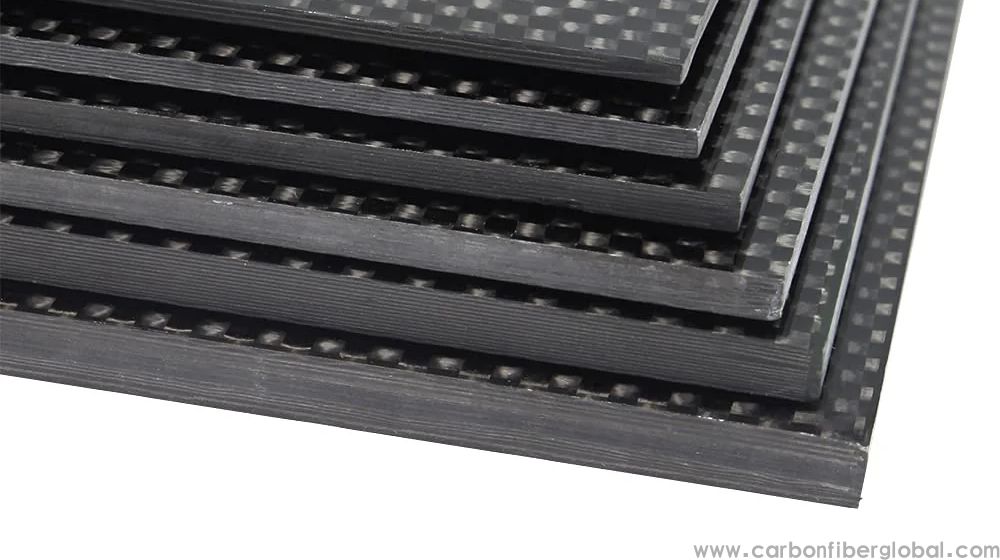In the world of materials engineering, Carbon Fiber Sheets have emerged as a frontrunner, offering remarkable advantages over Traditional materials like steel, aluminum, and wood. This article explores the key differences between Carbon Fiber sheets and traditional materials, highlighting why carbon fiber is increasingly becoming the material of choice for a wide range of applications.

1. Strength-to-Weight Ratio
One of the most significant advantages of Carbon fiber sheets is their exceptional strength-to-weight ratio. Carbon fiber is incredibly strong while being significantly lighter than steel or aluminum. This characteristic is crucial in industries such as aerospace and automotive, where reducing weight can lead to improved fuel efficiency and performance.
2. Durability and Longevity
Carbon fiber sheets are highly resistant to environmental factors such as corrosion, moisture, and UV radiation. Unlike metals that can rust and degrade over time, carbon fiber maintains its integrity and performance, leading to a longer lifespan for products made from it. This durability translates to reduced maintenance costs and longer intervals between replacements.
3. Design flexibility
Carbon fiber sheets can be molded into complex shapes and sizes, allowing for innovative designs that are often impossible with traditional materials. This versatility makes carbon fiber an ideal choice for custom applications in industries ranging from automotive to aerospace, where specific performance characteristics and aesthetics are essential.
4. Vibration Dampening
Another remarkable property of carbon fiber is its ability to absorb vibrations. This characteristic is particularly beneficial in applications such as musical instruments, where sound quality is paramount, and in automotive settings where reducing vibrations can lead to a smoother ride.
5. Thermal Stability
Carbon fiber sheets exhibit excellent thermal stability, making them suitable for high-temperature applications. Unlike some traditional materials that can warp or degrade when exposed to heat, carbon fiber maintains its structural integrity, ensuring reliability in demanding environments.
6. Cost Efficiency in Production
While the initial cost of carbon fiber can be higher than traditional materials, the long-term benefits often outweigh these costs. Its lightweight nature can reduce shipping and handling costs, and its durability leads to lower maintenance expenses. Additionally, advancements in manufacturing processes are gradually reducing production costs, making carbon fiber more accessible.
7. Eco-Friendly Options
Many Carbon Fiber Products are now produced using sustainable practices, contributing to their appeal in an environmentally conscious market. Compared to traditional materials that require extensive processing and can have significant ecological impacts, carbon fiber can be produced with a lower carbon footprint.
8. Aesthetic Appeal
Carbon fiber has a distinct, modern aesthetic that many designers and consumers find appealing. Its unique Weave patterns and sleek finish add a touch of sophistication to products, making it popular in consumer electronics, automotive interiors, and luxury goods.
Conclusion
When comparing carbon fiber sheets to traditional materials, it is clear that carbon fiber reigns supreme in numerous aspects. Its strength, durability, design flexibility, and thermal stability make it an invaluable material in today’s engineering landscape. As technology advances and production methods improve, the adoption of carbon fiber is expected to grow, solidifying its position as a leading choice in various industries.


